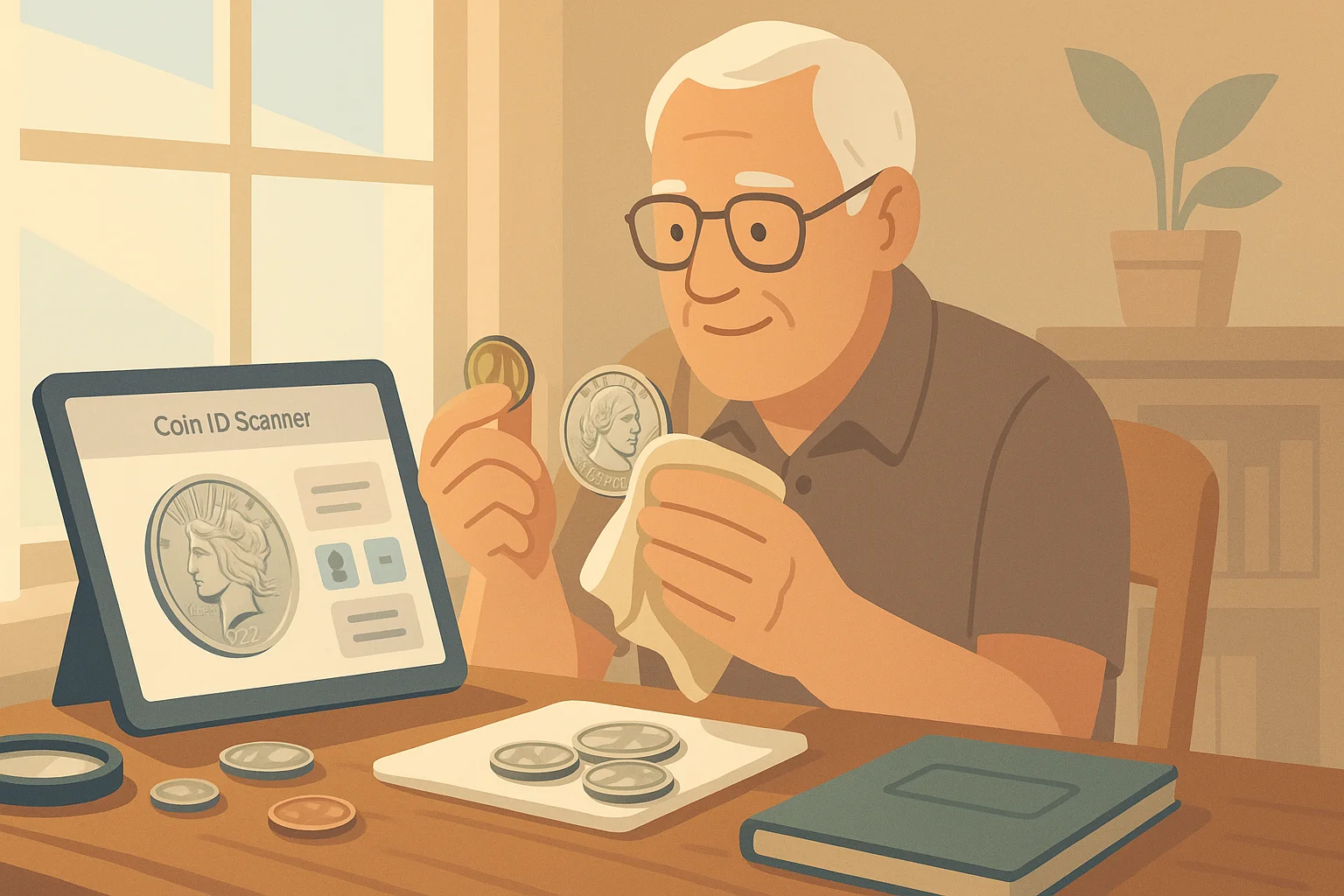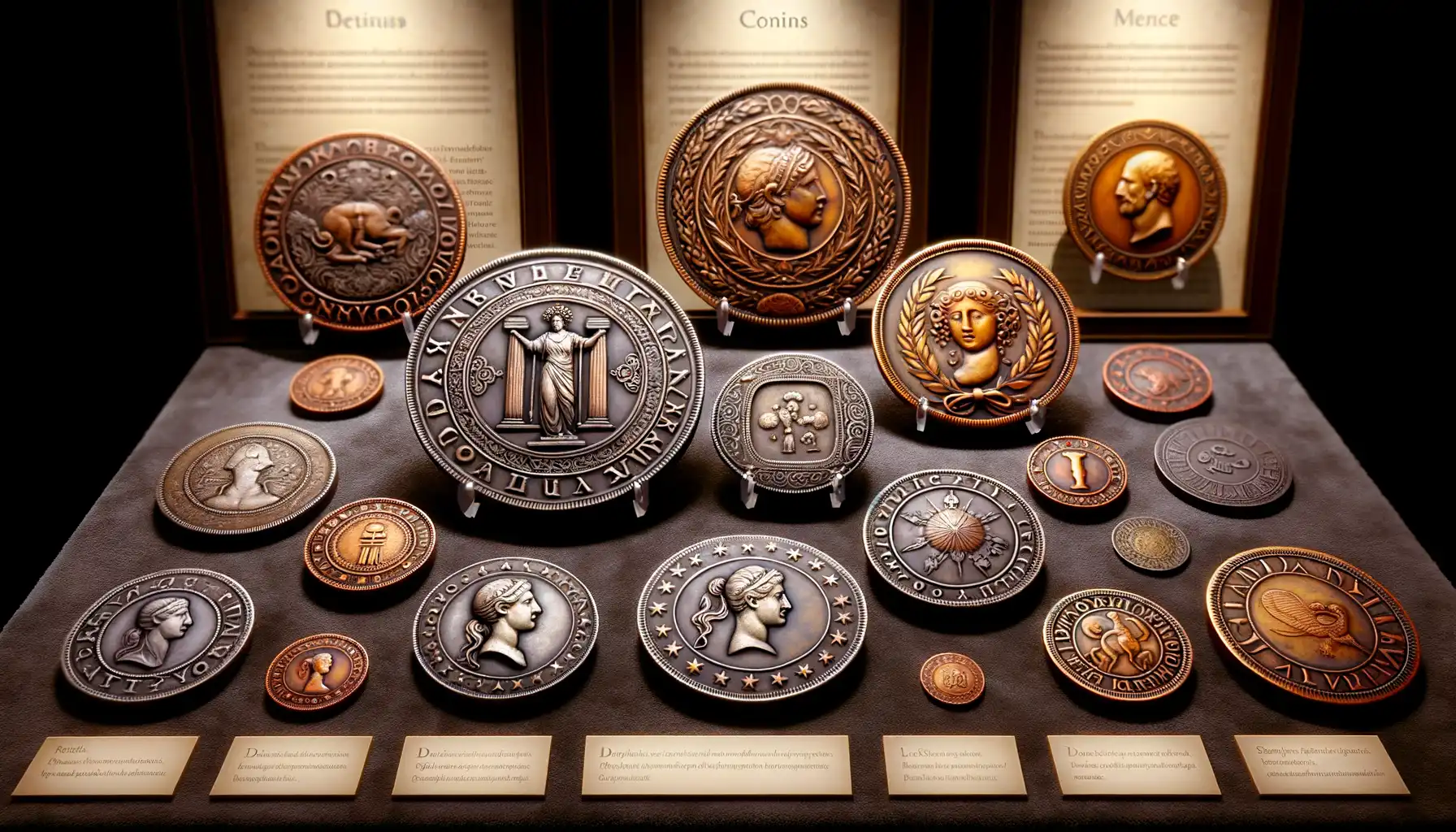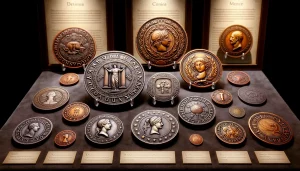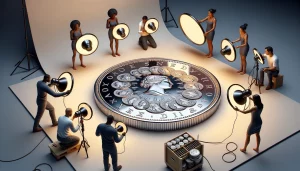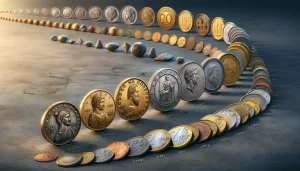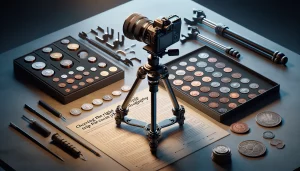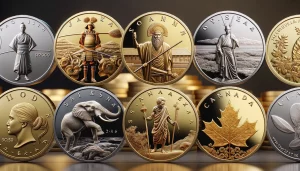The Historical Context of Ancient Roman Coins
Unveiling the World Behind Roman Coins
Imagine holding a coin that has passed through the hands of gladiators, merchants, and senators—you’re not just gripping metal; you’re clutching a fragment of history. Ancient Roman coins weren’t just currency; they were storytellers, whispering tales of power, ambition, and faith from a civilization that once ruled much of the known world.
Their origins date back to the 4th century BCE, when the Roman Republic first minted coins to reflect its growing dominance. Over time, these small circular artifacts became mirrors of society as Rome evolved from a republic to a mighty empire. The coins weren’t designed on a whim; every detail—from the emperor’s stern profile to the eagle perched majestically—was laden with purpose and meaning.
- The denarius: the workhorse coin of daily Roman life, used in markets and paying soldiers.
- The aureus: glimmering gold coins flaunted by the elite, dripping with prestige and power.
Each coin tells a story: Julius Caesar’s likeness was the first to appear on Roman currency, a bold declaration of his ascendancy. These weren’t just monetary tools but political propaganda, artfully crafted to legitimize rule and inspire loyalty. Who knew something so small could shoulder such colossal importance?
Key Symbols Found on Roman Coinage and Their Meanings
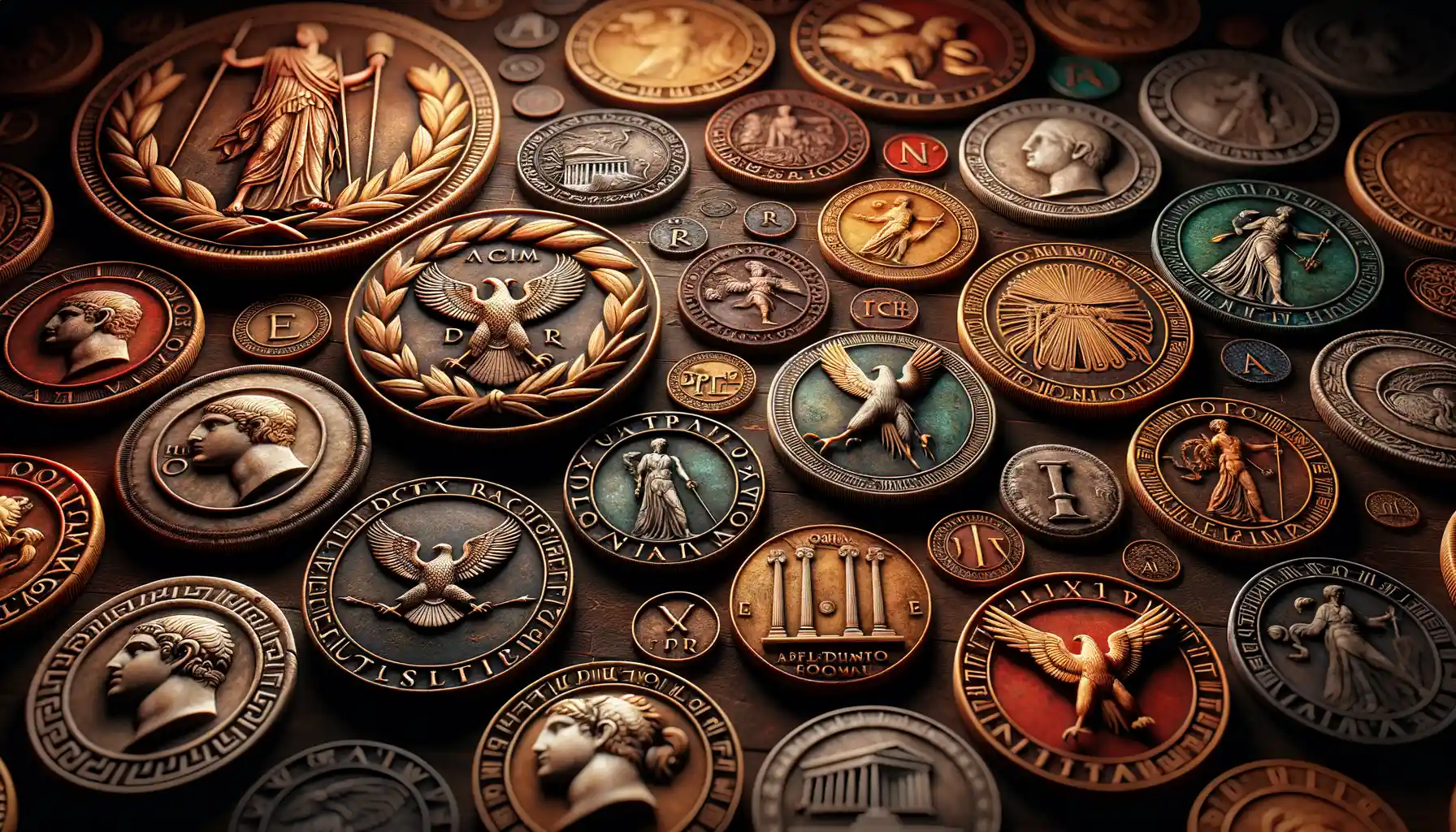
The Stories Told Through Symbols of Power
Imagine holding a coin that once passed through ancient hands—merchants, soldiers, even emperors. Roman coins weren’t just money; they were miniature billboards proclaiming messages of power and legacy. Take the depiction of an eagle, for example, often perched proudly with its wings spread wide. This wasn’t just a nod to nature—it symbolized the might of Jupiter, chief deity of the Roman pantheon, as well as the strength of the empire itself.
Then there’s the laurel wreath, gracing the heads of emperors like Augustus. A simple accessory? Hardly! It screamed victory, triumph, and an aura of divine approval. Coins featuring Mars, the god of war, carrying a shield and spear, practically roared with imperial ambition: “Rome conquers all!”
- Anchor symbols: A quiet yet powerful motif representing hope, stability, and Rome’s naval dominance.
- She-wolf suckling Romulus and Remus: A nod to Rome’s mythical founding story, loaded with cultural and historical pride.
- Cornucopia: Overflowing with fruit, it whispered promises of abundance and prosperity under Roman rule.
Every tiny engraving had a purpose, a narrative, a boast. These weren’t just coins—they were slices of propaganda, culture, and power, carried in every pocket across the empire.
The Influence of Politics and Power in Coin Designs

The Battle for Power Etched in Metal
Coins in ancient Rome weren’t just currency; they were political billboards gleaming in every merchant’s hand and passed whispering from palm to palm. Every emperor understood this—each coin was a chance to assert dominance, proclaim legitimacy, or rewrite history. The designs weren’t chosen on a whim; they were *carefully orchestrated acts of propaganda*. Think of Julius Caesar’s daring move to feature his own *living* profile on coins—a bold statement that screamed, “I am eternal!”
Rulers used coins to influence perception. Imagine holding a denarius bearing the image of *Augustus* flanked by celestial symbols, subtly linking him to divine destiny. Or Claudius, who engraved “SPQR” (Senate and People of Rome) alongside his visage, feigning unity while tightening his grip on power. These pieces of silver? As much a weapon as any sword.
Symbols Speaking Volumes
Not all messages were subtle. Some emperors peppered their coinage with images like:
- Laurels of victory, reminding citizens of newly conquered territories.
- Temples or gods, suggesting divine endorsement of their rule.
- Military standards, a nod to loyal armies securing order (or crushing dissent).
Each design choice carried weight—a visual whisper meant to shape the public psyche. Could today’s headlines fit in your pocket? Rome’s rulers managed it effortlessly.
The Role of Mythology and Religion in Coin Symbolism
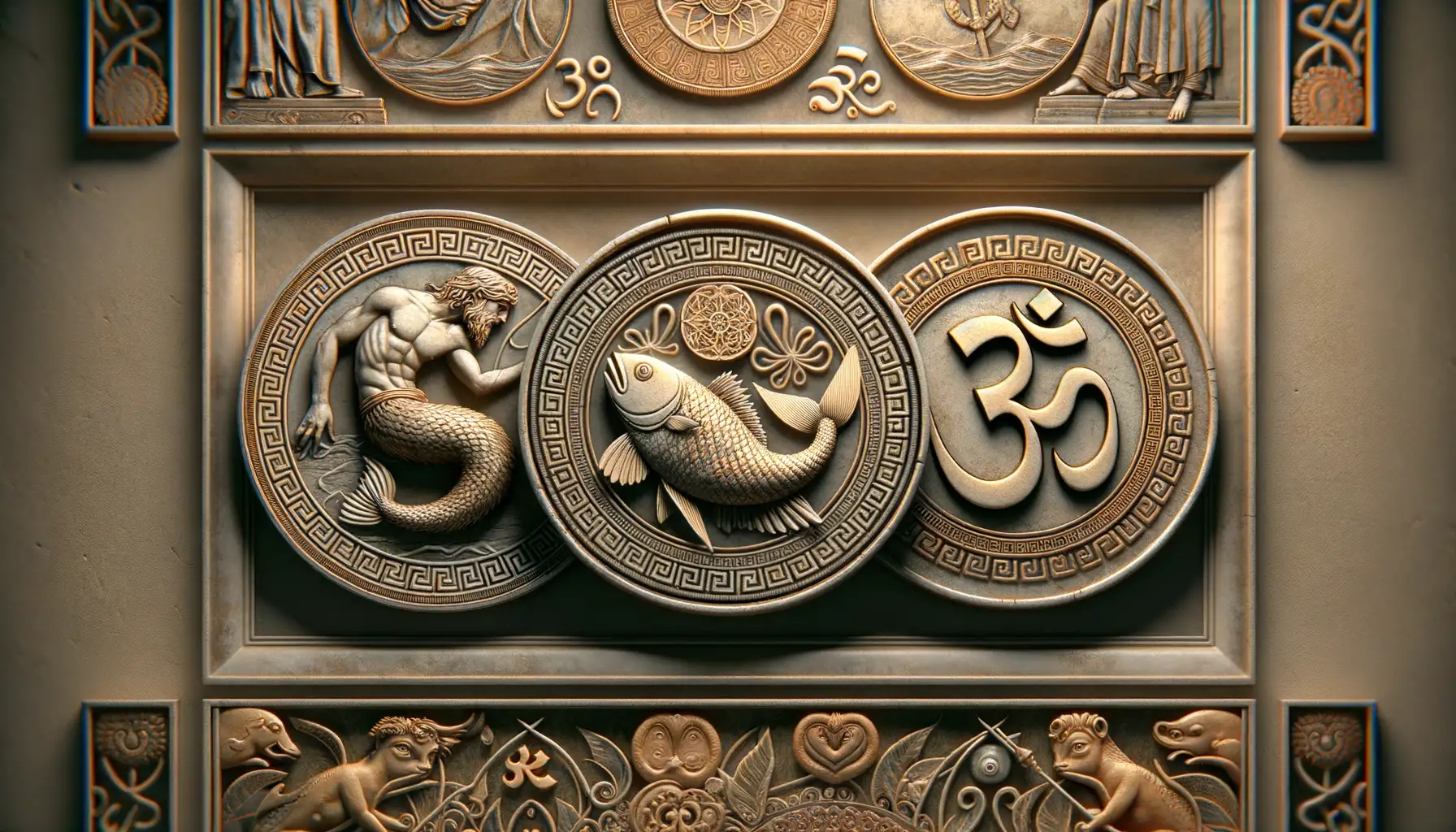
Mythology Woven Into Every Coin
Imagine holding a piece of ancient Roman currency—a solid, tangible relic of a world where gods and mortals intertwined. Roman coins were more than tools of trade; they were pocket-sized stories radiating power and belief. The Romans had a knack for blending the divine with everyday life, and their coinage was no exception.
Take the goddess Venus, often depicted lounging gracefully on silver denarii. Her image wasn’t just an ode to beauty and love—it was a political statement, subtly hinting at divine favor bestowed upon Rome’s rulers. Then there’s Jupiter, thunderbolt in hand, appearing as if ready to hurl lightning right from the coin itself. Could you imagine carrying this symbol of supreme authority in your purse? It whispered of order, strength, and cosmic justice.
- Minerva: A shield, a spear, fierce wisdom in tangible form.
- Neptune: The sea’s master, his trident as sharp as his command over waters.
These designs weren’t random; every detail brimmed with intention. They reassured citizens, inspired armies, and even served as propaganda. These coins didn’t just clink—they hummed with the pulse of Roman spirituality.
The Legacy of Ancient Roman Coin Symbolism in Modern Times
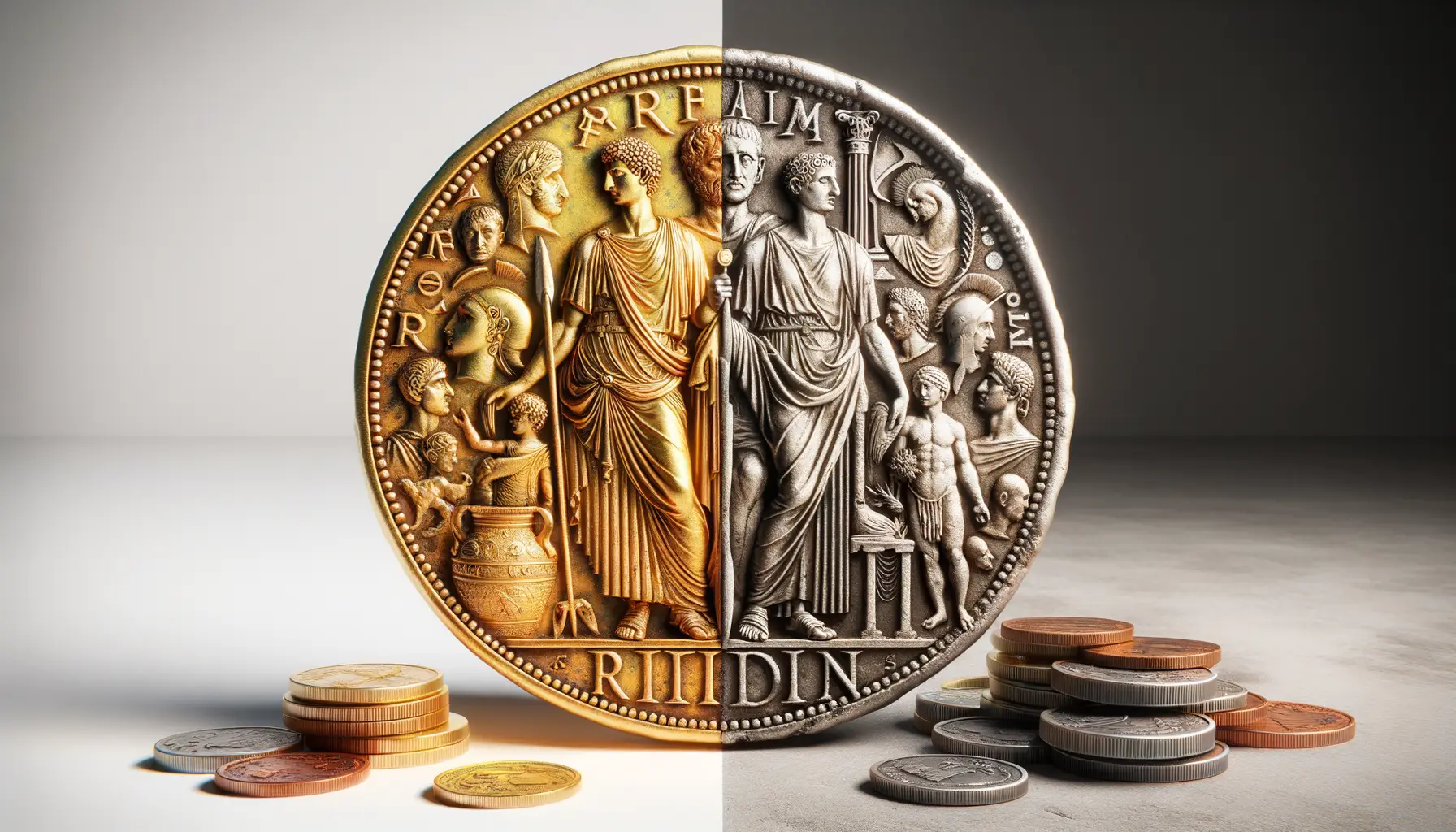
Echoes of Roman Ideals in Modern Coinage
Money speaks, doesn’t it? But if you look closely, modern coins whisper secrets from the past—secrets rooted in the symbols of ancient Rome. When you hold a modern coin, you’re holding more than metal; you’re holding a legacy. Take, for example, the widespread use of rulers’ profiles on coins today. This iconic design harks directly back to Ancient Rome, where the profile of an emperor like Augustus or Hadrian wasn’t just art—it was a statement of power, a reminder of who held the reins of the empire.
And what about our love for symbolic imagery? The olive branches we see on modern coins echo the Roman tradition of showcasing peace and prosperity. In fact, the Romans pioneered the idea of making coins mini propaganda tools. Their denarii carried eagles, Victories, and the she-wolf nurturing Romulus and Remus, imprinting identity and pride into every transaction.
- Did you know that even mottos on coins—like the Latin “E Pluribus Unum” in the U.S.—have Roman roots?
- Or that the consistent size of today’s coins mirrors Roman standardization practices?
Every time you jingle coins in your pocket, remember: you’re carrying a little piece of Rome’s storytelling genius.
